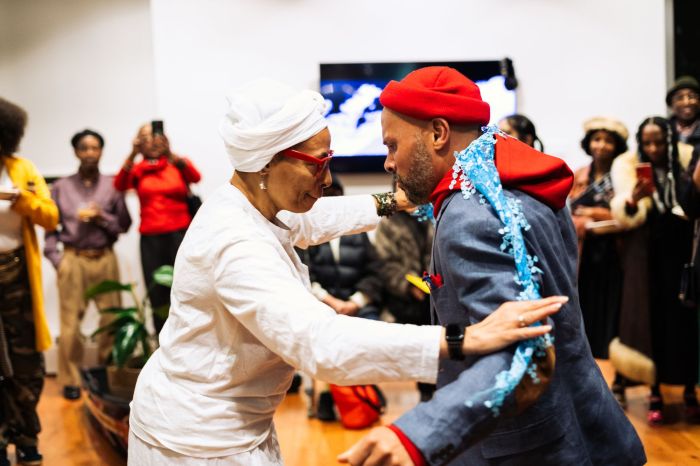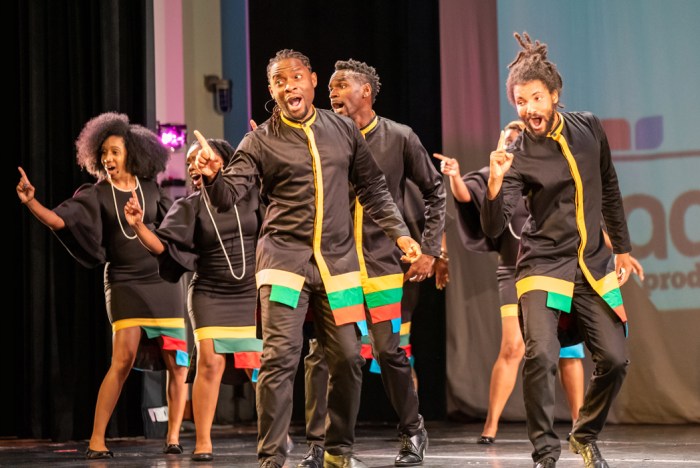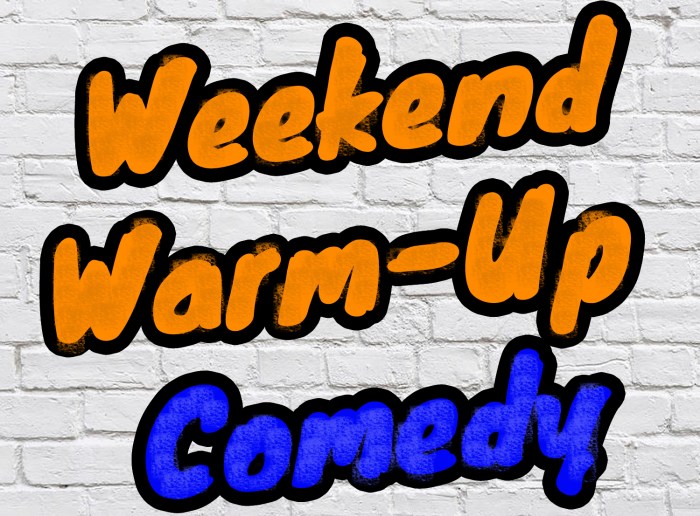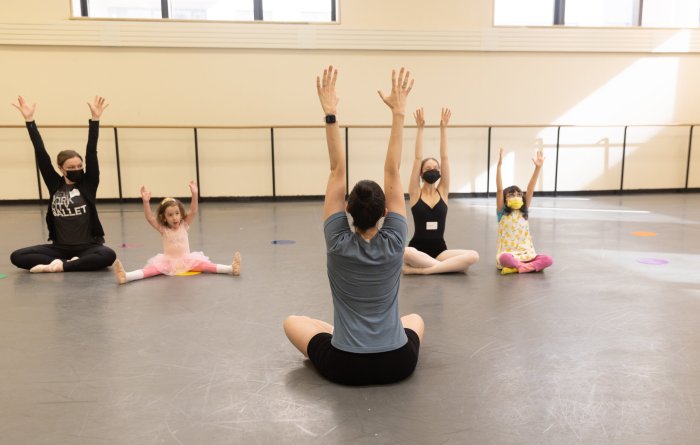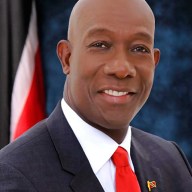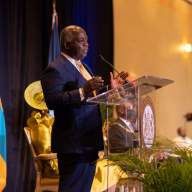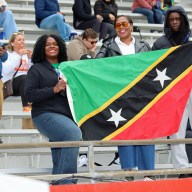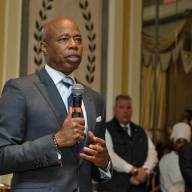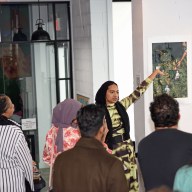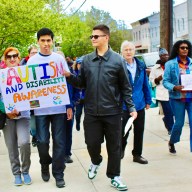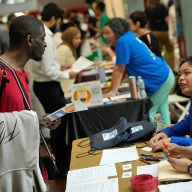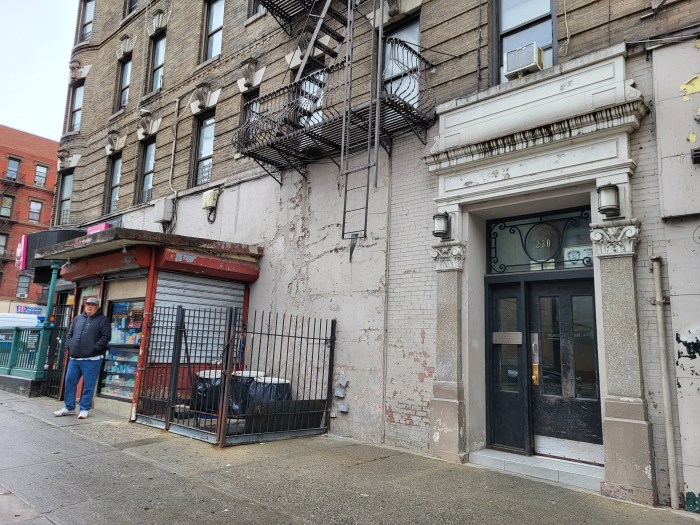Apart from their exploits in the particular professional sport they have mastered, athletes too often tend to break into the news in ways that don’t exactly enhance their standing with the public. Naturally, on this side of the divide, there’s greater sting and disappointment when it’s a man or woman of color caught in the vortex of media bashing for whatever alleged or implied transgression. So it’s altogether refreshing when a report surfaces, as it did recently, of the concern voiced by Curtis Granderson, the Yankees’ outstanding outfielder, about the dearth of African American fans in attendance at Major League Baseball games. Granderson, it turns out, is a pretty cool dude for whom rumination upon such matters is not at all uncommon.
Granderson was of course only reaffirming what everyone knows, who has been even casually observant of professional sports in which Blacks are notable participants. Although nowhere near comparable to the hefty numbers for such participation in basketball and football, baseball still must be listed as belonging in that group. It’s been 60 plus years since Jackie Robinson’s color-bar breakthrough, leading to his subsequent heroics with the Dodgers. It goes without saying that the watershed 1947 development electrified Black America, and with Robinson’s lead followed in short order by a number of players formerly confined to the Negro Leagues, going to the ballpark began assuming new significance for American people of color.
In sizing up the scarcity of Black spectators, Granderson noted a corresponding paucity of African American numbers among baseball’s current superstars, to act as motivators for still-impressionable young Blacks. He lamented that the exceptional power hitter and outfielder, Ken Griffey Jr, was no longer in the game. He might have mentioned a Griffey contemporary, Barry Bonds, who is also now retired but whose reputed surliness throughout his career, coupled with the stigma of alleged steroid use that overhangs his extraordinary prowess on the field, has hardly positioned him for role-model status.
One ESPN writer, Rob Parker, declaring himself unabashedly fanatical about baseball, took aim on basketball as the bête noire that had usurped baseball’s hallowed place as the urban magnet for African American kids back in the day. Basketball has been continuously sprouting too many legends of the game who have been more readily a captivating presence for the Black community than anything baseball could produce. But had that been the definitive answer to baseball’s anemic African American attendance numbers, then pro basketball arenas would reflect a respectable African American spectator percentage. The reality is that in pro basketball, as with baseball and football, attendance numbers for Blacks are routinely poor.
As of the start of this year’s baseball season, African American players constituted 8.5 percent of team rosters. By contrast, in the NBA, Blacks dominate the ranks to the extent of white player representation having decreased from 24.3 percent in the 1980-81 season to 10 percent today. The 2009 opening-day rosters in the NFL showed Black players at 65 percent of the total. Although Jerry Reinsdorf, owner of both the Chicago Bulls and Chicago White Sox of the NBA and baseball’s American League respectively, doesn’t seem to place much stock in economic considerations as trigger for this black attendance deficit, dismissing economic disparity as a core factor just looks to be none too practical.
Fact is that we have in the attendance picture for pro ballgames today, what is perhaps as good as it gets by way of a socio-economic barometer. Back in the pre-Robinson era in the major leagues, people of color had little incentive to go to a ballgame, which denied participation to players of their ethnicity. But there was nothing about the cost of attending a game that the average working or middle-class African American would have found particularly prohibitive. With the quantum leaps that cost has taken in intervening years, being a spectator at today’s sporting event has assumed status-symbol proportions. Certainly by the 1980s, paying a monthly cable bill and catching games on the tube had become an infinitely more attractive proposition.
But maybe we shouldn’t be too eager to exclude from any cause-and-effect examination the social tradition from which baseball, basketball and football all sprang. And maybe the white-oriented pro sports culture in America is a phenomenon that just dies hard. Although Jackie Robinson’s storied arrival in the big leagues is part of American lore, racism was just as much a barrier in basketball and football. Not until the 1950-51 season did pro basketball become integrated. And in football, although a few Blacks were allowed in before 1933, when the pro game was not yet popular, a strict color ban was imposed from 1933 to 1946. Who knows if Chicago’s Reinsdorf has a point after all, when he says African Americans just haven’t developed any hunger to go see African American athletes? And who knows whether these pro sports retain vestiges of a past from which African Americans subconsciously still haven’t disengaged?
Around these parts, the experiment to plunk the Nets basketball franchise in Downtown Brooklyn bears watching. We’ll see in due course whether the Rattner outfit’s deal with the Russian mogul who owns the Nets will be more than the traffic nightmare it surely will create. Or whether, given the setting in proudly colorful Brooklyn, a Curtis Granderson, albeit via a whole other ballgame, will get to believing there’s reason for hope.



